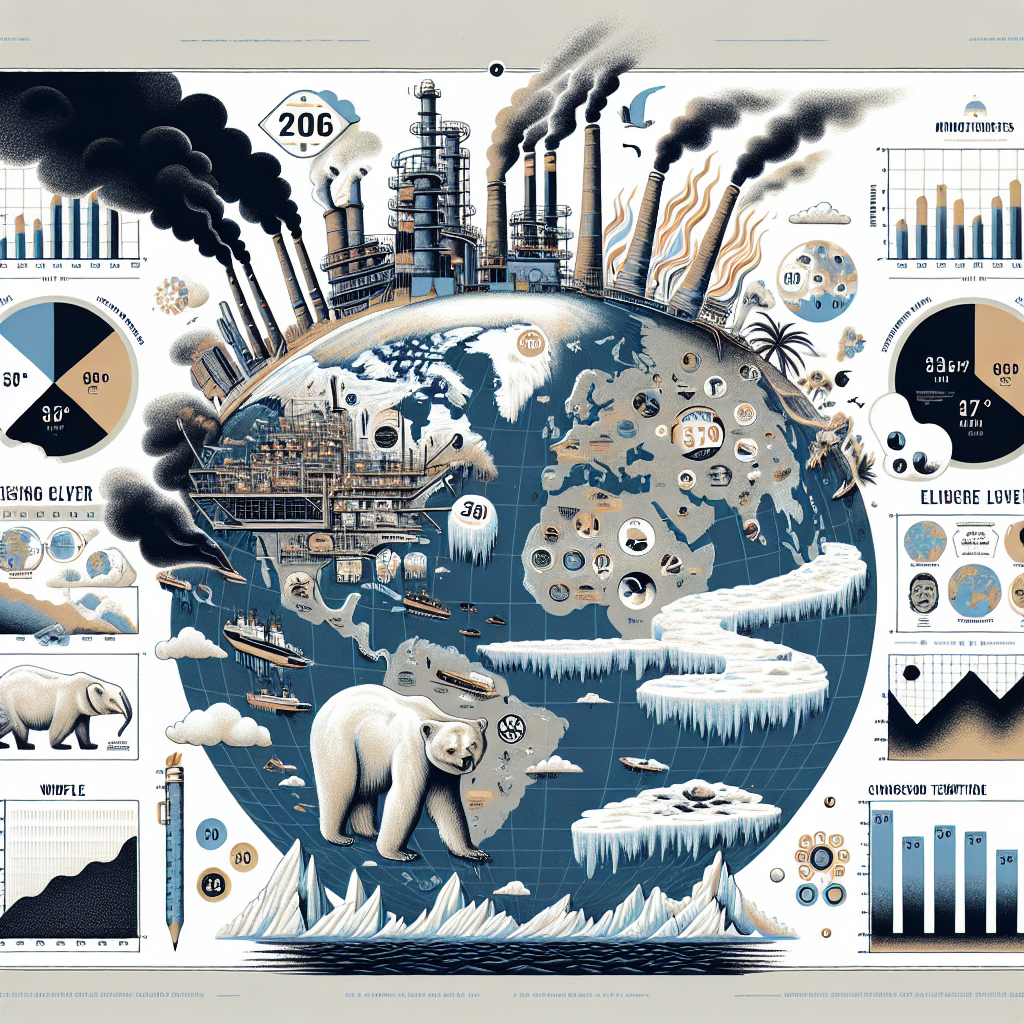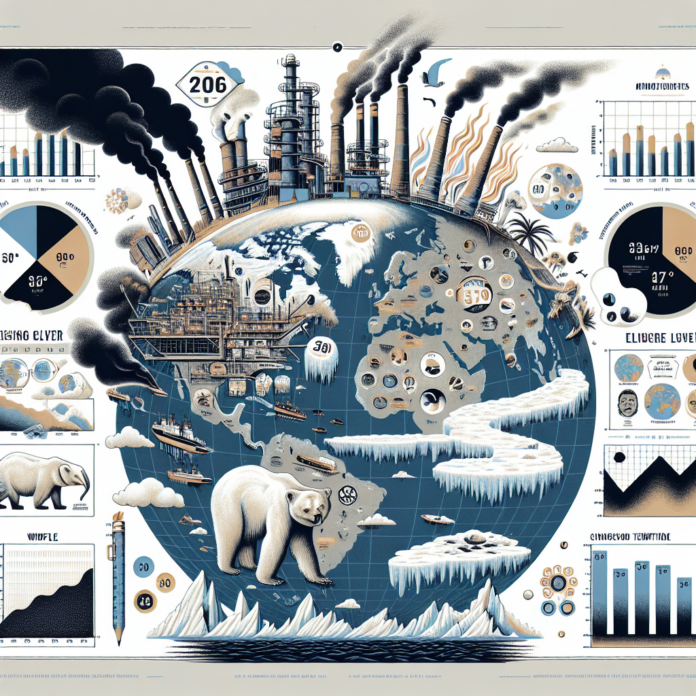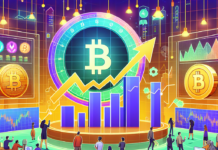
Introduction
The climate crisis is no longer just a distant concern; it’s a reality that is knocking on our doors. Imagine a world where the seasons are unpredictable, where wildfires rage in one corner while floods drown another. This isn’t the plot of a dystopian novel; it’s the planet we live on today. The urgency to address climate change has never been greater, as its impacts are felt across the globe—from shrinking ice caps to rising sea levels. In this article, we’ll explore the causes and effects of the climate crisis, the importance of immediate action, and how individuals can make a difference.
1. Understanding the Causes of the Climate Crisis
1.1 Human Activity and Carbon Emissions
The primary driver of the climate crisis is human activity, particularly the burning of fossil fuels like coal, oil, and natural gas. These actions release vast amounts of carbon dioxide (CO2) into the atmosphere, creating a greenhouse effect that traps heat. Picture Earth as a cozy blanket, but now it’s getting a little too warm and suffocating! According to the Intergovernmental Panel on Climate Change (IPCC), global CO2 levels have risen more than 40% since the pre-industrial era, contributing significantly to global warming.
1.2 Deforestation and Land Use Changes
Another major contributor is deforestation. Trees are nature’s air filters, absorbing CO2 and releasing oxygen. When we chop down forests for agriculture, logging, or urban development, we not only release stored carbon but also reduce the planet’s capacity to absorb CO2. It’s like removing the lungs of the Earth! The loss of biodiversity due to habitat destruction further exacerbates the problem, as ecosystems become less resilient to changes.
1.3 Industrial Practices and Waste
Industrial activities, particularly in manufacturing and agriculture, also play a significant role in climate change. From the methane emissions of livestock to the waste produced by factories, these processes contribute to the greenhouse gases that are warming our planet. The image of a factory belching smoke into the sky is all too common, and it’s a stark reminder of the price we pay for progress.
2. The Impacts of Climate Change
2.1 Extreme Weather Events
One of the most visible effects of climate change is the increase in extreme weather events. Hurricanes, droughts, and heatwaves are becoming more frequent and severe. For example, the 2020 Atlantic hurricane season was one of the most active on record, with a staggering 30 named storms. These events not only cause destruction but also result in loss of life and economic instability. It’s like Mother Nature is throwing a tantrum, and we’re all caught in the crossfire.
2.2 Rising Sea Levels
As polar ice melts and glaciers retreat, sea levels are rising at an alarming rate. Coastal cities like Miami, New Orleans, and even New York are at risk of flooding, which could displace millions of people. Imagine standing on the shore, watching the waves creep closer and closer, threatening your home and livelihood. The potential for “climate refugees” is a very real concern, as people are forced to flee their homes in search of safer ground.
2.3 Impact on Agriculture and Food Security
The climate crisis doesn’t just affect the weather; it also threatens our food supply. Changing climate patterns can disrupt growing seasons and reduce crop yields. Farmers face the challenges of unpredictable rainfall and increased pests and diseases. This food insecurity is like a dark cloud looming over communities, making it harder for families to put food on the table.
3. Taking Action: Solutions to the Climate Crisis
3.1 Transitioning to Renewable Energy
One of the most effective solutions is transitioning to renewable energy sources, such as solar, wind, and hydroelectric power. These alternatives produce little to no greenhouse gas emissions and can help reduce our reliance on fossil fuels. Imagine harnessing the power of the sun to light up our homes—now that’s a bright idea!
3.2 Sustainable Practices in Agriculture
Adopting sustainable agricultural practices can also mitigate the impacts of climate change. Techniques like crop rotation, agroforestry, and organic farming can improve soil health and increase resilience to extreme weather. This is like giving Mother Nature a helping hand, allowing her to thrive rather than just survive.
3.3 Individual Action and Advocacy
While systemic changes are crucial, individual actions can make a significant impact. Simple steps like reducing waste, using public transportation, and supporting sustainable businesses can collectively lead to major change. As the saying goes, “Many drops make a river.” Additionally, advocating for climate-friendly policies and supporting organizations dedicated to environmental conservation can amplify our voices in the fight against climate change.
Common Questions About the Climate Crisis
- 1. What is the primary cause of climate change?
- Human activities, especially the burning of fossil fuels and deforestation, are the main contributors to climate change.
- 2. How does climate change affect weather patterns?
- Climate change leads to more extreme weather events, including stronger hurricanes, droughts, and heatwaves.
- 3. What can individuals do to combat climate change?
- Individuals can reduce their carbon footprint by using renewable energy, minimizing waste, and advocating for sustainable practices.
- 4. Is climate change reversible?
- While some impacts are irreversible, significant action can still slow down and mitigate further damage.
- 5. How does climate change affect food security?
- Changing climate patterns disrupt agricultural practices, leading to reduced crop yields and food shortages.
Conclusion
The climate crisis is a daunting challenge, but it’s also an opportunity for us to come together as a global community. By understanding the causes and impacts of climate change, we can take meaningful action to protect our planet. From embracing renewable energy to adopting sustainable practices, every effort counts. As we stand on the precipice of this critical moment in history, let’s remember: the choices we make today will shape the world we leave for future generations. Together, we can turn the tide in this climate crisis and create a healthier, more sustainable planet for all.







